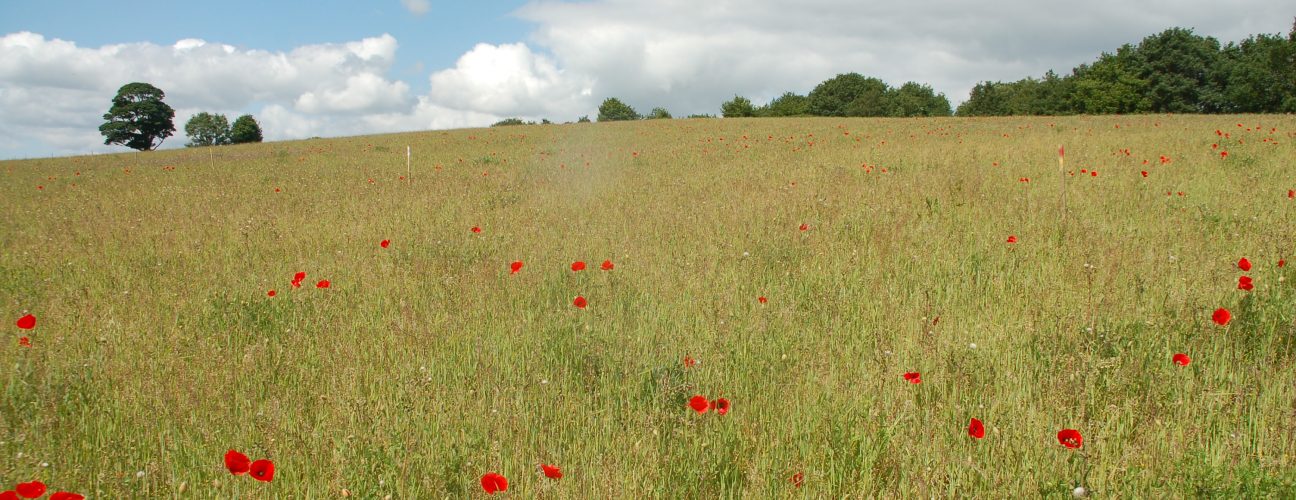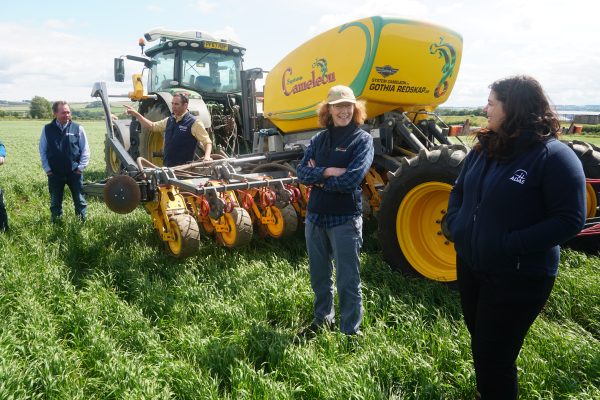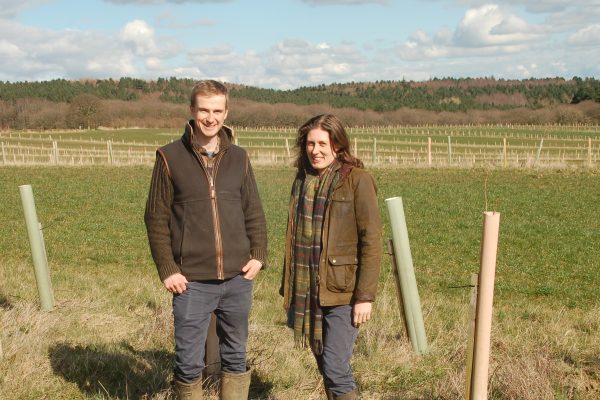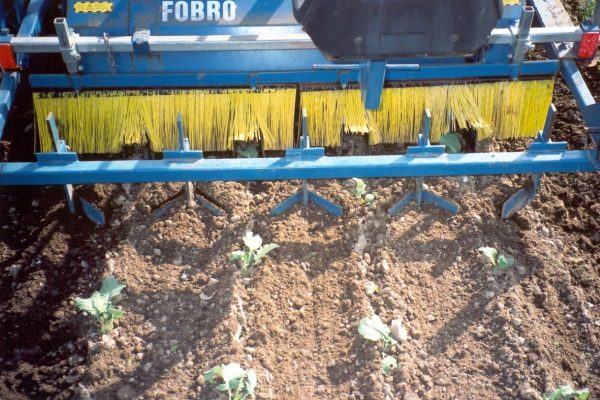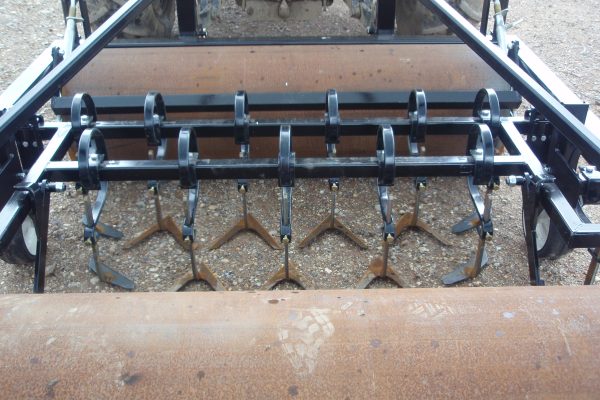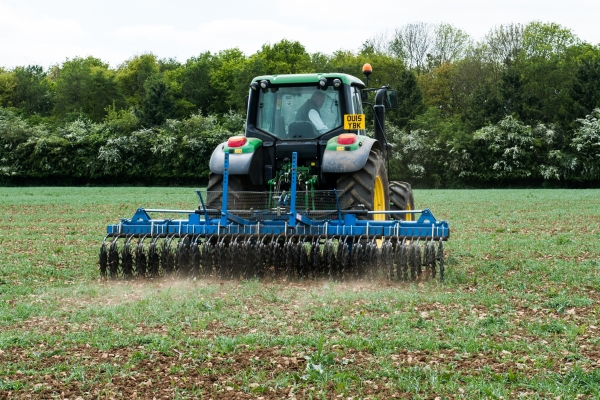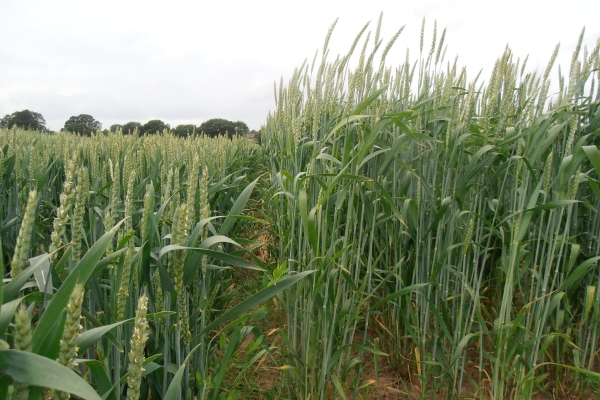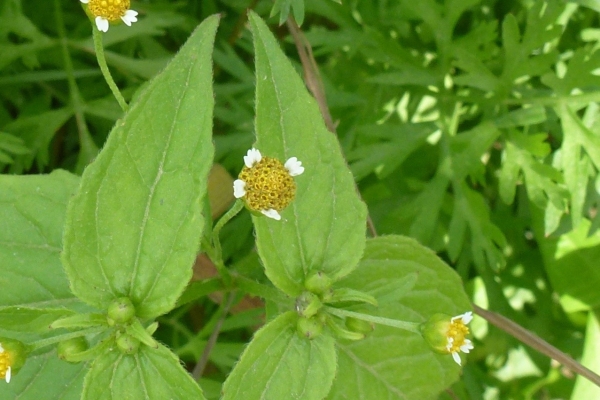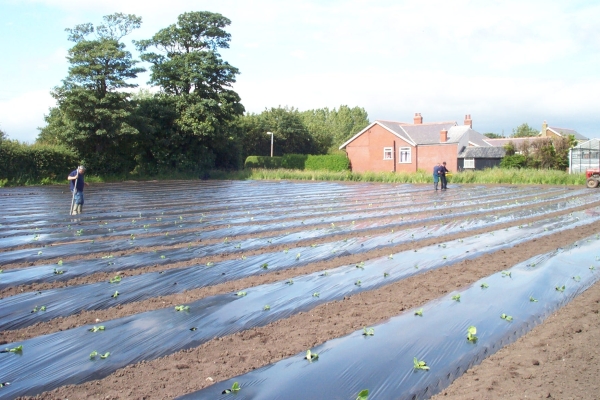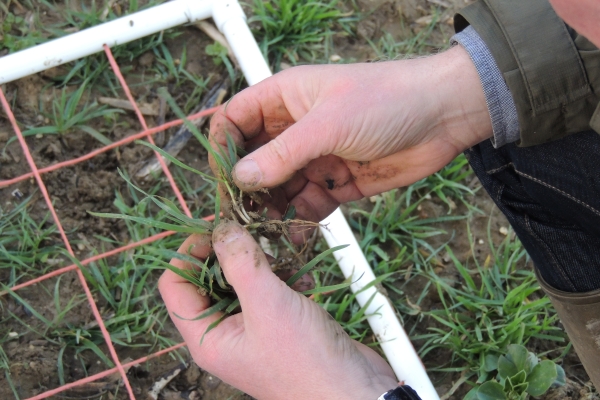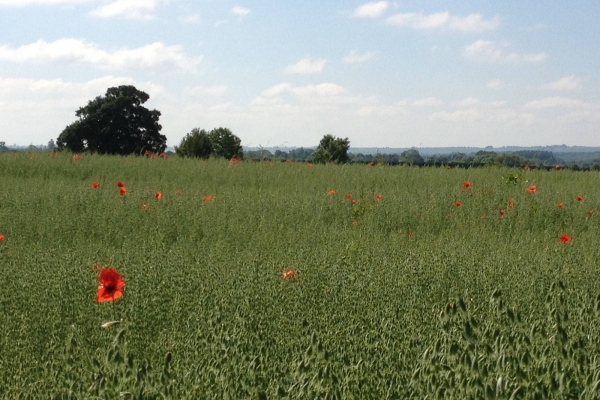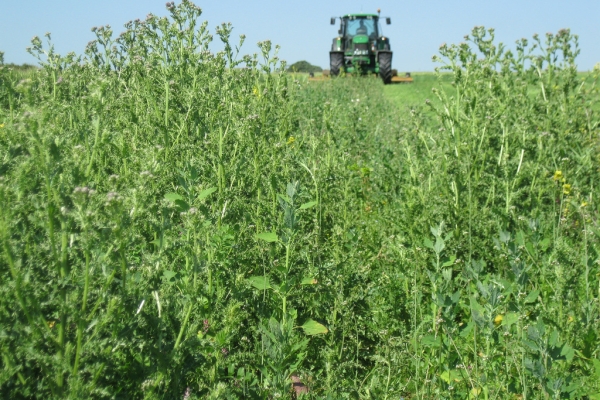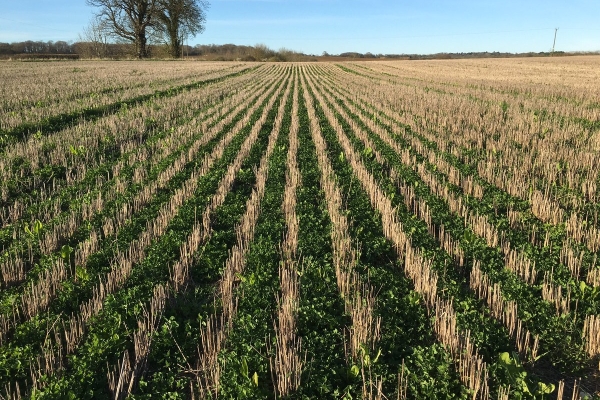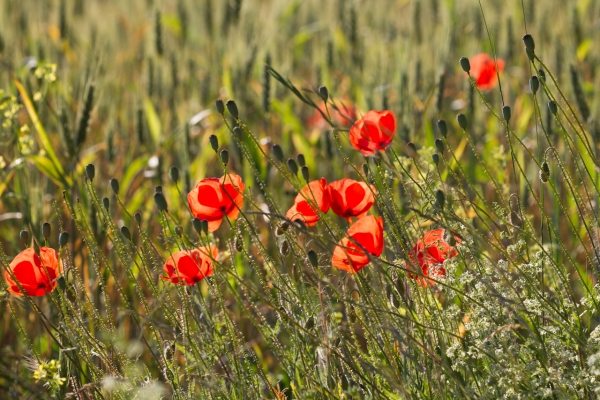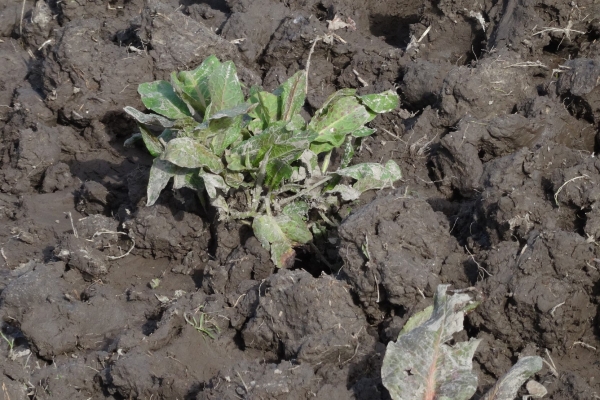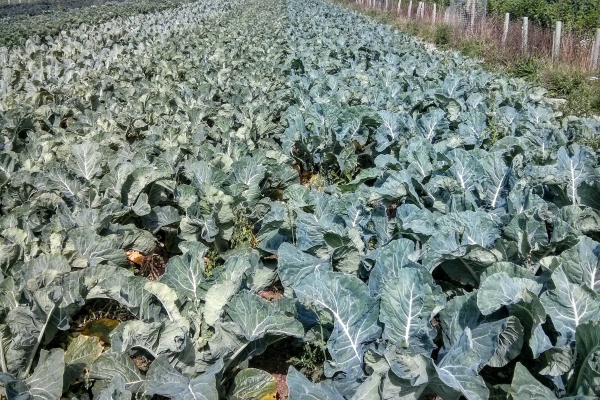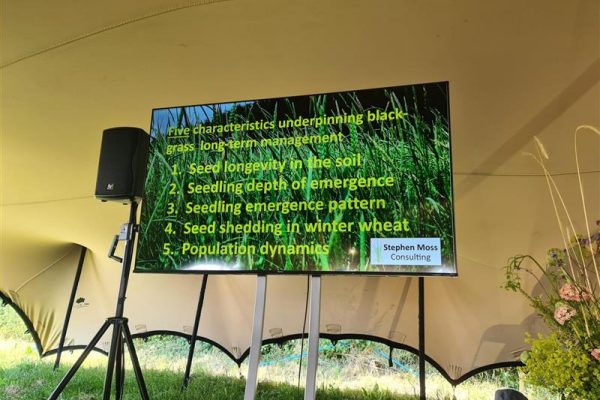Competitive cultivars in arable crops
Oper8
Resource explained
This a short video produced as part of the Oper8 project, which investigates alternative weed control methods across Europe, communicating, demonstrating and promoting solutions to key stakeholders through European networks. It features Alex Fraser, from Denby Hall Farm in South Yorkshire, and Charlotte Bickler, Principal Researcher in Crop Diversification in the Organic Research Centre. The Frasers are part of a variety testing network across the UK – looking to understand which wheat traits lead to better performance. Through the process of testing on-farm, they are getting some good evidence of what those traits are which will drive improved yields in organic and low input systems. Alex explains it’s been useful to look at different varieties in their particular soil and climate and see how growth habits, yields, straw production and weed competitiveness compare. They grew Maris Widgeon as a trial variety for the first time and have since rolled it out into a couple of fields on the farm.
Findings & recommendations
- Some of the dominant taller varieties i.e. Maris Widgeon, have been found to have good canopy coverage, and weeds seem to be more innocuous and there are fewer of them.
- Establishing wheat in the winter has been a benefit – giving them a better yield than the spring-established crops.
- Finding wheat varieties that keep weeds down during the winter period is helpful, so as not to generate weeds early on in the rotation.
- There could potentially be advantages in growing a taller wheat variety in a mix of shorter varieties – for better light capture and underground nutrient capture.
- Generally, lower weed cover leads to improved yields. Traits associated with that are early ground cover, early vigour, and height later on in the season. Phenology of the variety is also significant – if it gets away early and quickly in the season, it out-competes the weeds.
- Variety choice is something you can change when you are not using chemical inputs, therefore taking care over that, and choosing something you feel has the right traits and combination of traits for the field, along with taking into account what you know about the weeds and weather challenges that you commonly face, is a sensible way to go.
- You’re not going to be able to solve a perennial weed problem over night by having a competitive weed cultivar in the field, but it could help overtime to reduce the seed bank and weed burden.
Alex explains that:
Charlotte explains that:
Find out more about Oper8 here.
